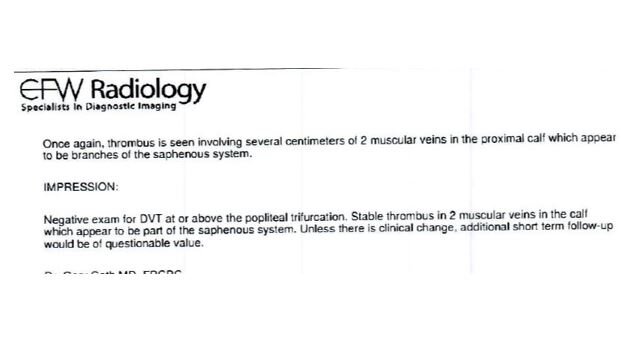Primary repair of the anterior cruciate ligament (ACL) is being performed increasingly in the treatment of acute proximal ACL ruptures. Advantages of ACL repair over surgical reconstruction with a tendon graft include preservation of the anatomy and proprioceptive function of the native ACL, and therefore, faster rehabilitation. The addition of an internal brace protects the repair during ACL healing and can increase the success rate of the procedure.
Given this evolution of ACL surgical treatment, radiologists should be familiar with the new repair techniques and their appearances on postoperative imaging.
In this article, we describe two different surgical techniques for primary ACL repair, dynamic intraligamentary stabilisation and internal brace ligament augmentation, and provide an overview of the normal and abnormal appearances after this type of repair at magnetic resonance imaging (MRI) follow-up.
May 06, 2019
https://www.clinicalradiologyonline.net/article/S0009-9260%2819%2930157-6/fulltext
Although Canada is about a decade behind adopting current orthopedics with respect to these types regenerative medicine procedures, radiologists can prepare in advance.
The Canadian radiologist who interpreted my regrown ACL MRI did so incorrectly, however when reviewed by those familiar with current procedures it was exactly the mottled appearance expected for that period of time.







